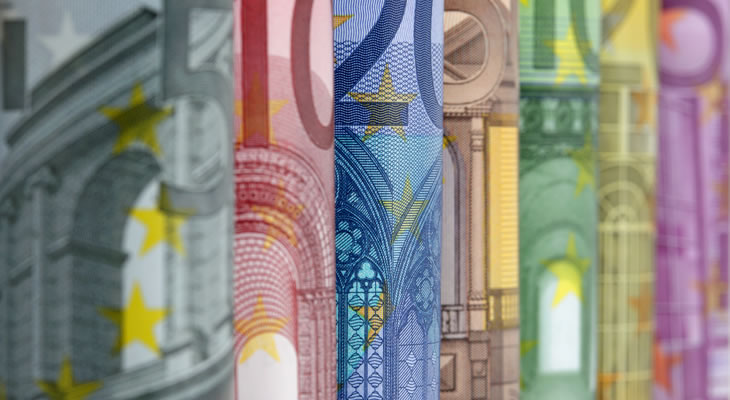Pound Sterling (GBP) Exchange Rate Loses Ground after UK Retail Sales Data, GBP/EUR, GBP/USD Fall
A week of positive trading for the Pound Sterling (GBP) exchange rate came to an end yesterday with the release of the UK’s retail sales data for June. Both figures came in lower than forecast, 4.0% as opposed to 4.7% for year-on-year and -0.2% instead of a vastly more optimistic 0.4% for month-on-month. Declining against most of its peers, with the exceptions of the struggling ‘Aussie’ (AUD) and ‘Kiwi’ (NZD), Sterling faces a more dovish trend in trading following its surge on Wednesday. This disappointing performance could possibly signal a return to cautious attitudes in the Bank of England’s (BoE) next Monetary Policy Committee (MCP) meeting and has certainly already damaged confidence in the currency’s immediate prospects.
However, with the second quarter GDP report for the UK being released early on Tuesday, a resurgence could well be on the horizon. Signs of strong economic growth would certainly encourage investors to return to a bullish stance and encourage the increase in interest rates to be made before the end of the year, rather than being deferred to March or later.
Consumer Confidence Reflective of Grexit Uncertainty, Euro (EUR) Exchange Rate Fluctuates Today
Unsurprisingly the situation in Greece continued to be one of the biggest factors in the movement of the common currency this week. With the latest parliamentary vote in aim of securing further bailout funds emerging with an encouraging result, with a powerful majority of 260 in favour of the measures opposed to just 63 against, the outlook appeared positive. As the potential for a Grexit further receded the Euro initially faced gains across the board. The Hellenic nation nonetheless remains an area to watch and will likely influence exchange rates throughout the coming months as its near-crash is an event that cannot be recovered from so quickly.
A more bearish influence arose yesterday, however, with the Eurozone Consumer Confidence figure for July revealed to be significantly more negative than predicted. With the forecast for relative improvement of -5.6 instead giving way to a pessimistic -7.1 the common currency naturally saw its value falling once again. However as the EU’s Consumer Price Index is due late next week, more movement is inevitable and a return to stronger form is not out of the possibility should inflation have climbed.
Fewer Jobless Pushes US Dollar (USD) Exchange Rate Higher and Sees ‘Greenback’ Capitalise on Weakness of Competing Currencies
Better-than-expected Jobless Claims figures has seen the ‘Greenback’ rally strongly, particularly in the wake of many of its rivals softening. Initial Claims were 26,000 lower than predicted, bringing the number to an impressive 42-year low and providing a much-needed boost to the Dollar’s fortunes. Certainly this bodes well for future meetings of the Federal Open Market Committee (FOMC), whose interest rate verdict for July will be hitting the market mid-next-week. Both this announcement and Thursday’s second quarter GDP figure will be sure to trigger currency fluctuations, with hawkish outlooks for either certain to trigger another upsurge in strength for the Dollar.
As the majority of its competitors are hitting slumps and disappointments this week, the US Dollar continues to move bullishly, trending with particular strength against the ‘Aussie’ (AUD/USD) in the range of 1.3718 and the Euro (USD/EUR) around the 0.9134 mark.


Comments are closed.